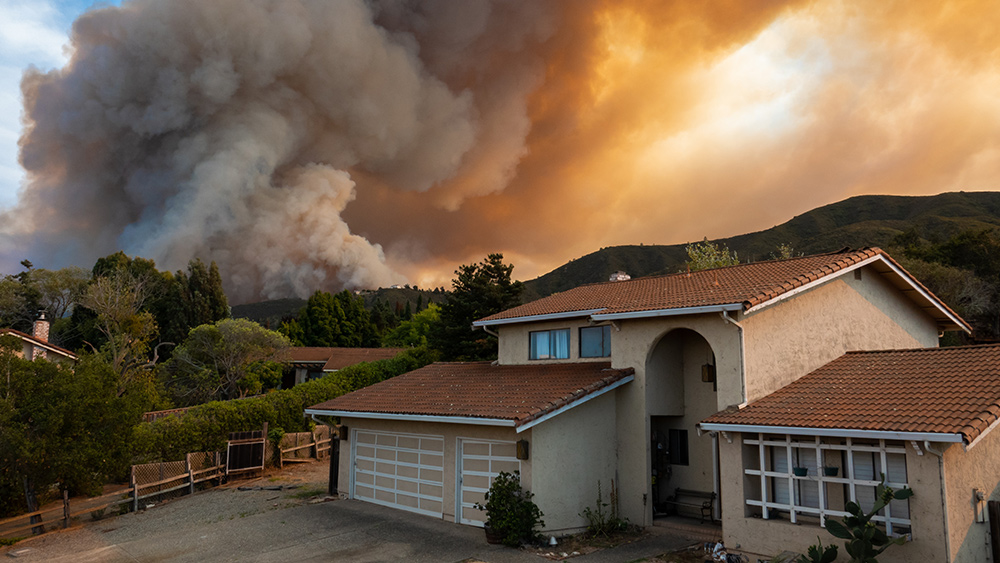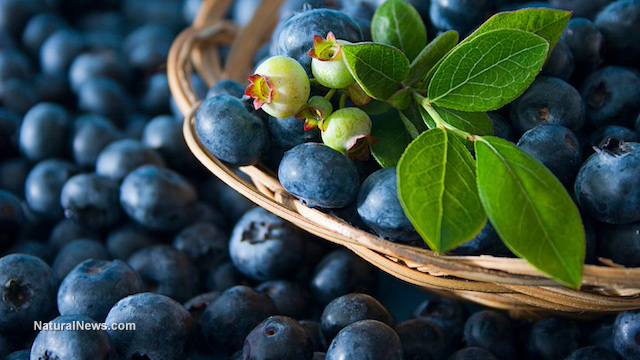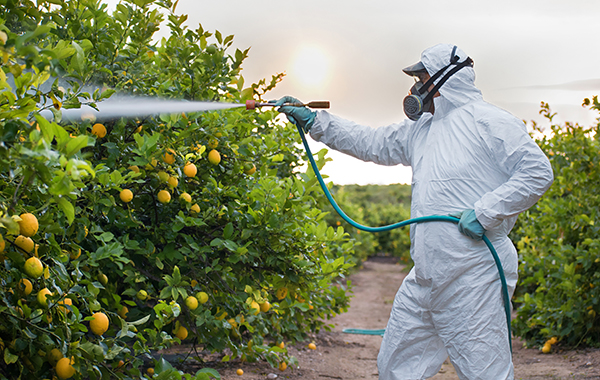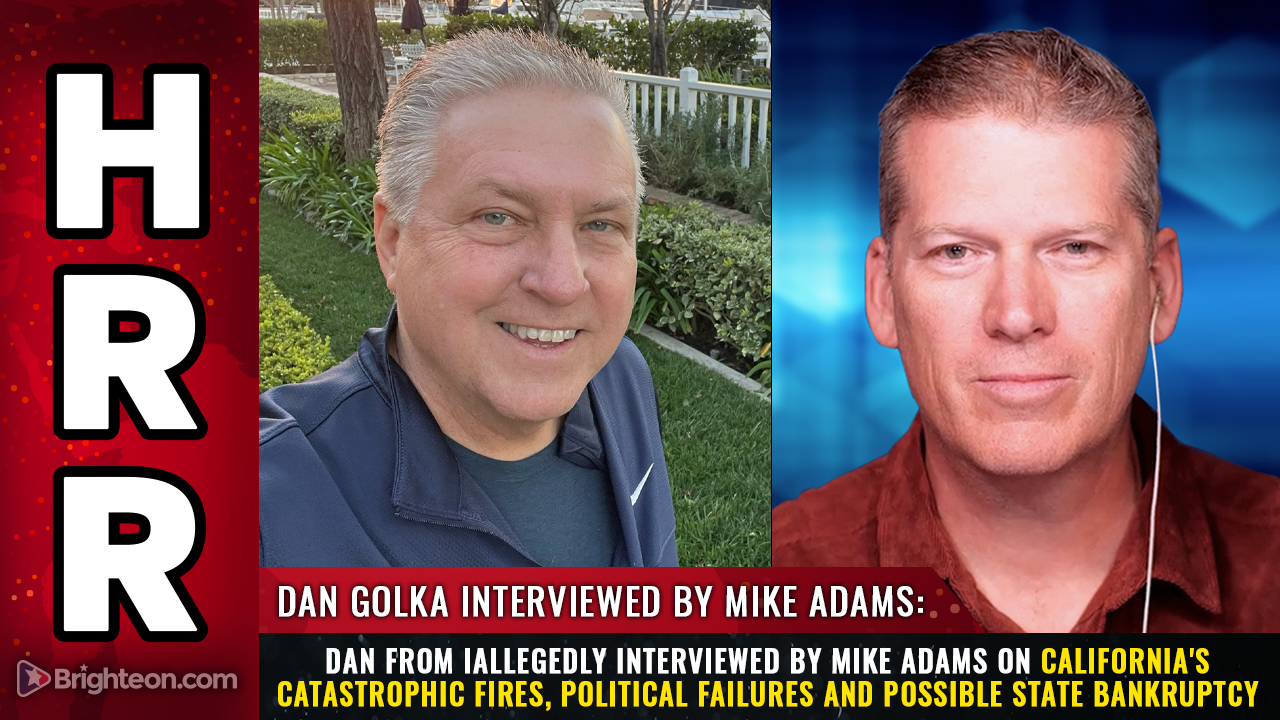
Experts warn that in a typical fire season, only about 600,000 acres would have been burned by this time of year in Canada.
Meanwhile, millions of Americans in the Midwest and the Northeast were under air-quality alerts last June 6, as smoke moving south from over 400 reported active Canadian wildfires darkened the Manhattan skyline and affected air quality in several U.S. states.
The wildfires in Canada were so severe that they have sent smoke billowing into the U.S., where residents from the Dakotas to Massachusetts have to deal with smoky air.
Researchers say that warmer temperatures and drier conditions over the past four decades are contributing to more frequent, extreme forest-fire events in North America and around the world.
According to the National Weather Service (NWS), millions of people in the eastern half of the U.S. are currently under air-quality alerts and are being asked to limit outdoor activities.
Air-quality readings in NYC approaching the levels of Doha and New Delhi
Recent air-quality reading in New York City was 159, an unhealthy number approaching the levels of other cities like Doha, Qatar, and New Delhi, India.
Smoky haze has become more common in many Western states like California, where mega wildfires have burned within the last few years.
However, the ash-gray skies and charred smells floating around Manhattan early in June were unheard of.
Mark Levine, Manhattan Borough president, tweeted a photo of the skyline from his office and noted that the smoke was bad enough to obscure the Empire State Building.
In an interview, Levine said that he saw more people wearing masks since early June, adding that the amount of smoke is "both unprecedented and jarring."
Like other cities that lived through the Wuhan coronavirus (COVID-19) pandemic, Levine said that citizens are "feeling a little bit of trauma because of flashbacks to the times when breathing itself could be a risk."
Kathy Hochul, the governor of New York, and the state departments of environmental conservation and health issued an air-quality health advisory for several regions, including the city and Long Island. (Related: Bark beetles transformed millions of acres of trees in California into fuel for wildfires.)
Additionally, officials warned residents to limit strenuous outdoor activity.
Dr. James McDonald, the acting state health commissioner, advised that those "who are especially sensitive to the effects of elevated levels of pollutants," such as very young children and people with pre-existing respiratory problems like asthma or heart disease, should avoid spending time outdoors unless necessary.
Jose Arias, a Manhattan resident, jokingly compared the atmosphere to the one in the movie "Red Dawn."
Arias also said that the smoke had left the city smelling "kind of funny." Referencing the 9/11 terrorist attacks, Arias added that he hadn't seen so much smoke like this "since the Twin Towers."
The Canadian wildfires have been ongoing for weeks from coast to coast.
Jonathan Wilkinson, the Canadian natural resources minister, warned that this wildfire season could be "the most severe in the country’s history if the current trajectory continues."
Data from Canada suggest that at least 50 percent of forest fires are caused by humans, often accidentally. However, the other half are ignited by lightning strikes, explained Piyush Jain, an adjunct professor at the University of Alberta and a research scientist at the Canadian Forest Service.
Environment and Climate Change Canada, the country's official weather-data agency, reported that last month was one of the hottest Mays on record in western Canada.
Jain said that a review of data, dating back to 1979, suggests that extreme fire events have been increasing globally.
Canadian wildfire season estimated to last until September
Canada's natural resources department warned that out of the more than 400 active wildfires, 249 were out of control. Over 26,000 residents remained evacuated from their homes early in June and millions remain under air-quality alerts.
Officials said that Canadian wildfire season usually lasts from May to September, beginning when the snow melts and dead vegetation that eventually turns into fuel for fires is uncovered.
Mining and energy companies have suspended activities in Quebec because the provincial government banned access to areas where they work that are at high risk of fires.
At the news briefing, Canadian Prime Minister Justin Trudeau warned that the country has been "seeing more and more intense wildfires and in places where they don’t normally happen.
He added that three provinces, Alberta in the West and Quebec and Nova Scotia in the East, requested federal assistance to help with firefighting and other response efforts.
As of writing, Canada has deployed hundreds of military members to respond to the fires. Trudeau added that hundreds of firefighters have come to Canada from countries like Australia, France, New Zealand, South Africa and the U.S. to help.
Tips to prevent wildfires
If you spend a lot of time outdoors camping and hiking, follow the tips below to do your part and help prevent wildfires.
Check weather and drought conditions
Before you head out, check weather and drought conditions, which can affect the flammability of vegetation.
Avoid activities that involve fire or sparks when the weather is hot, dry and windy. If the conditions aren’t right, choose non-flammable options.
Build campfires in an open location and away from flammables
As a responsible camper, you must know how to build and extinguish a campfire properly.
Follow these tips to build a safe campfire:
- Start the fire in a flat, open location away from flammable materials like brush, decaying leaves and needles, or logs. ?
- Scrape away all grass, leaves and needles down to the mineral soil.
- Cut the firewood in short lengths, pile it within the cleared area and then light the fire.
- Watch the fire.
- Extinguish it completely before leaving the area.
Douse your campfire until it’s cold
Follow the tips below to make sure your campfire is completely out:
- Douse the fire with at least one bucket of water.
- Stir the remains of the fire and the water.
- Add another bucket of water.
- Stir the remains of the fire again.
Make sure your campfire is cold to the touch before leaving the area.
Keep vehicles off dry grass
When off-roading, remember that a car's exhaust can reach temperatures of up to 1,000+ degrees. Avoid driving or parking over areas with dry grass.
Check conditions and regulations before using fireworks, or consider safe alternatives
In America, fireworks start over 19,000 fires and send over 9,000 people to the ER annually. Always check the local federal, state and city regulations before using fireworks.
States, counties and cities may have different laws and regulations, so checking area-specific regulations could help you avoid an improper fireworks use penalty, or causing and having to fight a wildfire.
Consider safe alternatives to fireworks like glow sticks.
Visit Disaster.news to read more articles about wildfires and other natural disasters.
Watch the video below to learn how to protect yourself and your family if your area is affected by smoke from the Canadian wildfires.
This video is from the Daily Videos channel on Brighteon.com.
More related stories:
California’s Creek Fire generates smoke clouds up to 50,000 feet in height.
NASA image shows thick smoke billowing from Colorado’s East Troublesome Fire.
Massive California wildfires last year were caused by arson, not climate change.
Sources include:
Please contact us for more information.






















